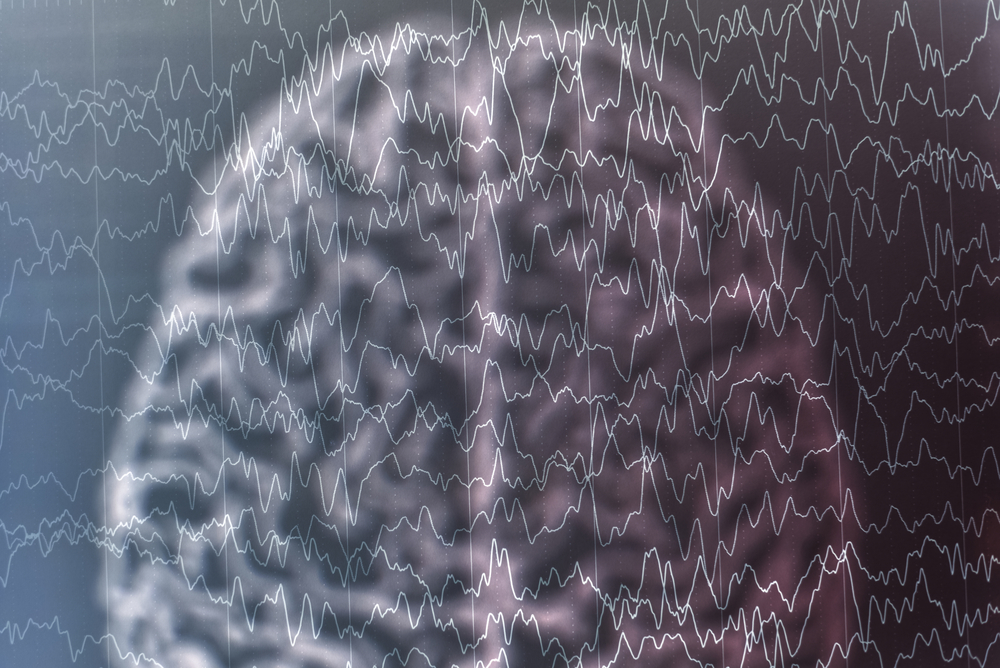Nerve Cell Protein, Arc, That Regulates Signals in Brain Seen to Work Unusually in Angelman Mouse Model

Arc-dependent synaptic response differs in a mouse model of Angelman syndrome (AS) from that seen in healthy mice, and may be related to the cognitive problems patients with this disease experience, researchers report.
The study, titled “Activity-Dependent Arc Expression and Homeostatic Synaptic Plasticity Are Altered in Neurons from a Mouse Model of Angelman Syndrome,” was published in Frontier of Molecular Neuroscience.
AS develops due to mutations in the UBE3A gene, which codes for the protein Ube3A, a ligase that is responsible for degrading damaged or unneeded proteins. Mice in an AS model, established by mutating the UBE3A gene, show the same symptoms that afflict patients, such as gait and balance problems, deficits in context-dependent learning, and seizures.
Little is known about the role of Ube3A in brain development or function, but finding what Ube3A interacts with could help determine its role. Studies have demonstrated that Ube3A interacts with many non-neuronal and neuronal genes, but none capture interactions that might explain how it works in regard to cognition.
One study has shown that Ube3A can bind to Arc (activity-regulated, cytoskeleton-associated gene), a neuronal protein that is involved in regulating signaling in the brain by interacting at the part of a neuron called a synapse.
Arc works to aid synaptic plasticity, or the ability of neurons to regulate signaling as needed. Mice that lack the Arc protein show signs of severely impaired long-term memory and depression. Thus, Arc may play a role in AS-induced cognitive deficits. But research is lacking on Arc’s function, and reports that do exist conflict on its possible role in AS.
Researchers at the University of Utah set out to describe the role of Arc using a mouse model of AS. They performed multiple tests to determine whether Arc and Ube3A interact, but they found no evidence for any interaction between the two proteins.
Arc expression is induced by external factors, such as light and sound. Therefore, researchers kept AS mice in a sound- and light-proof animal chamber. To induce Arc expression, they would remove mice and expose them to light and to new objects, creating an “enriched environment.” They found that the distribution of Arc in neurons and the brain induced by this sudden activity and sensations differed in AS mice from that of healthy mice, as did the concentration of Arc at synapses. Researchers also found that the Arc protein was more stable in neurons of AS mice than healthy mice.
“Arc lies at a critical nexus as a synaptic effector protein; disruption of Arc expression may therefore be detrimental for cognition,” the study concludes. “Since Arc expression is so tightly regulated, too little or too much Arc is harmful for normal synaptic function and cognition.
“Here we elucidate the synaptic plasticity deficits that may underlie the cognitive dysfunction observed in AS. Taken together, these studies suggest that deficits in Arc-dependent synaptic plasticity may be a common molecular pathway in genetic forms of intellectual disability that result from different genetic perturbations.”






